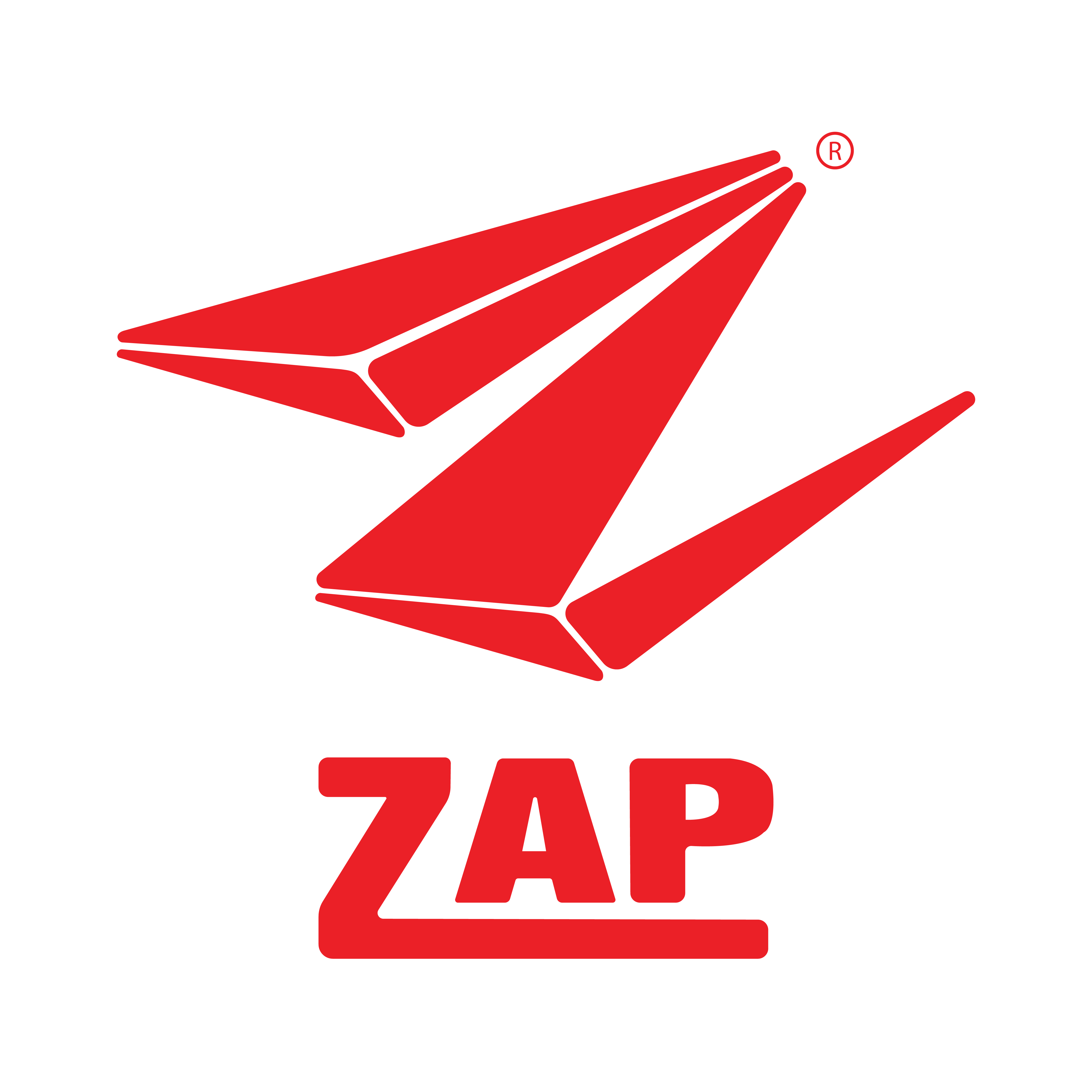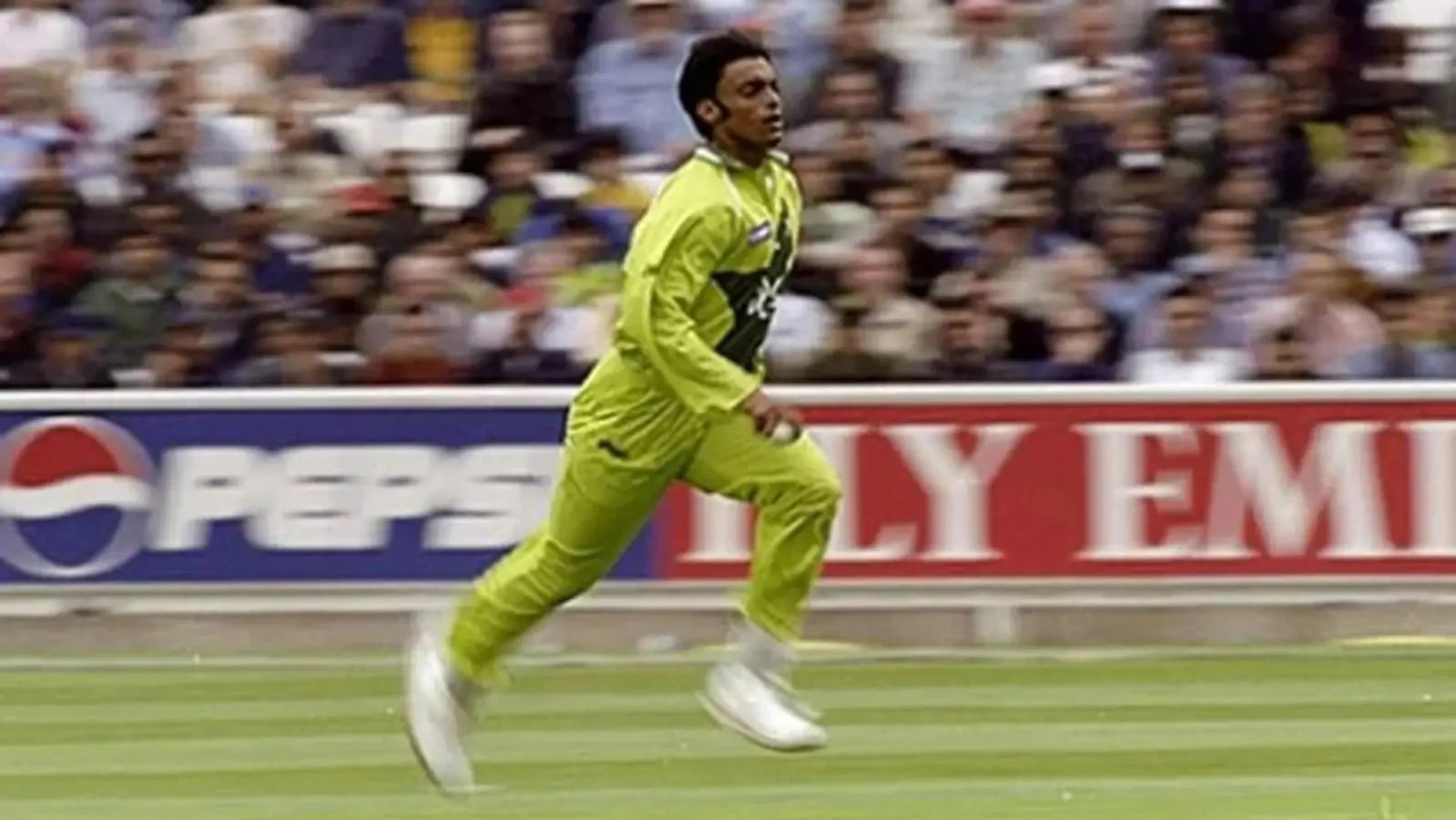The highest wicket taker in cricket history and the spin bowling maestro, Muttiah Muralitharan in a recent podcast made a statement that divided opinions. According to him, extreme fast bowling at 150 Kmph is not cricket; it’s about executing those cutters, those slower balls, the line and lengths, etc. If you look at the recent times and the modern version of the game, it feels like what he says is true. The T20 game is more about playing together as a system, focusing more on the strategies and the execution than the skill. This happens more with the bowlers, who are judged by profiles rather than skill levels. There are good swing bowlers, good powerplay bowlers, good death over bowlers, etc. But, the essence of fast bowling is beyond that. It’s about giving it your all to deliver the ball at such speeds that the batsmen don’t even have time to react to it. That’s what Pakistan’s legendary bowler, the fastest bowler in the world, the Rawalpindi Express, Shoaib Akhtar did. He smashed the record of the fastest ball in the world and consistently bowled at speeds over 150 kmph.

Credit: Hindustan Times
In this article by ZAP, let’s dive deep and read about Shoaib Akhtar and when he bowled the fastest ball ever in cricket history.
Shoaib Akhtar Fastest Ball Speed:
Shoaib Akhtar, ever since he made his international cricket debut for Pakistan in 1998 created a reputation of being one of the fastest bowlers in the world. He had a unique runup in which he would take a long run up towards the pitch and deliver the leather ball. His slinging bowling action and his muscular frame greatly complemented his natural pace and bounce and helped Shoaib Akhtar bowl consistently over 150 kmph.
During the 2003 ICC ODI Cricket World Cup in South Africa, in a match between Pakistan vs England in Cape Town, Akhtar was a possessed man on a mission. Bowling the fourth over of the match, and his second, he delivered a barrage of lightning fast deliveries against the English left handed batter Nick Knight.
Delivery after delivery he tormented the southpaw more with his extreme pace with each delivery being bowled at nearly 155 kmph. Shoaib Akhtar’s bowling speed for the first five balls of the over were a lightning 153.3 km/h, 158.4 km/h, 158.5 km/h, 157.4 km/h, and 159.5 km/h. Akhtar’s relentlessness added more power to his delivery in each stride.
With the final ball of the over, he would set a record that has been unbeaten for 20 years and would likely never be broken. With the same slinging action, Shoaib Akhtar bowled a delivery at 161.3 km/h, the fastest ball speed ever recorded in cricket history.
Nick Knight had no answer to these incredible bowling speeds scoring no runs and the over ended in a maiden. By the time Akhtar finished his spell, he had not only bowled the fastest delivery ever recorded in cricket but had also left a lasting impression on the game.
Also Read: Fast Bowling Gym Exercises and Workouts
Why will Shoaib Akhtar’s fast ball record never be broken?
There are many reasons why Shoaib Akhtar's fast bowling record may never be broken.
- Firstly, in modern times, there are usually natural limitations to how fast a bowler can consistently bowl, considering the combination of strength, technique, and fitness required.
- Secondly, the priorities in cricket have shifted, with T20 cricket favouring batsmen and limiting bowlers' scope to perform.
- Additionally, modern batsmen are better equipped with heavier and stronger bats and shorter boundaries, making it harder for bowlers to excel. So there are very incentives for bowlers to take a risk, and is more dependent on using fast bowling variations than extreme pace.
So, breaking Shoaib's record would require a rare combination of talent, hard work, and favourable conditions, making it a tough challenge.
Conclusions:
In the modern version of the game, though there’s not a lot of influence placed on bowling fast and it’s a dying art. In recent years, average fast bowling speeds of fast bowlers have dropped by about 10 kmph. Where bowlers in the 1990s and even in the 2010s could bowl at 150 kmph consistently, the highest standards of fast bowling today are speeds of up to 140 – 145 kmph. But, evolution is a part of the game, and with evolving times, players have to adapt to changing requirements of the game.
Now that you have read about the fastest ball in cricket history, here are some more cricket records you should read about:
Most wickets in IPL history | IPL Purple Cap Winners List | Most Runs in IPL History



Share:
The Indian Cricket Team Jersey: History and Evolution
Sir Vivian Richards – Biography, Career, Stats and Records